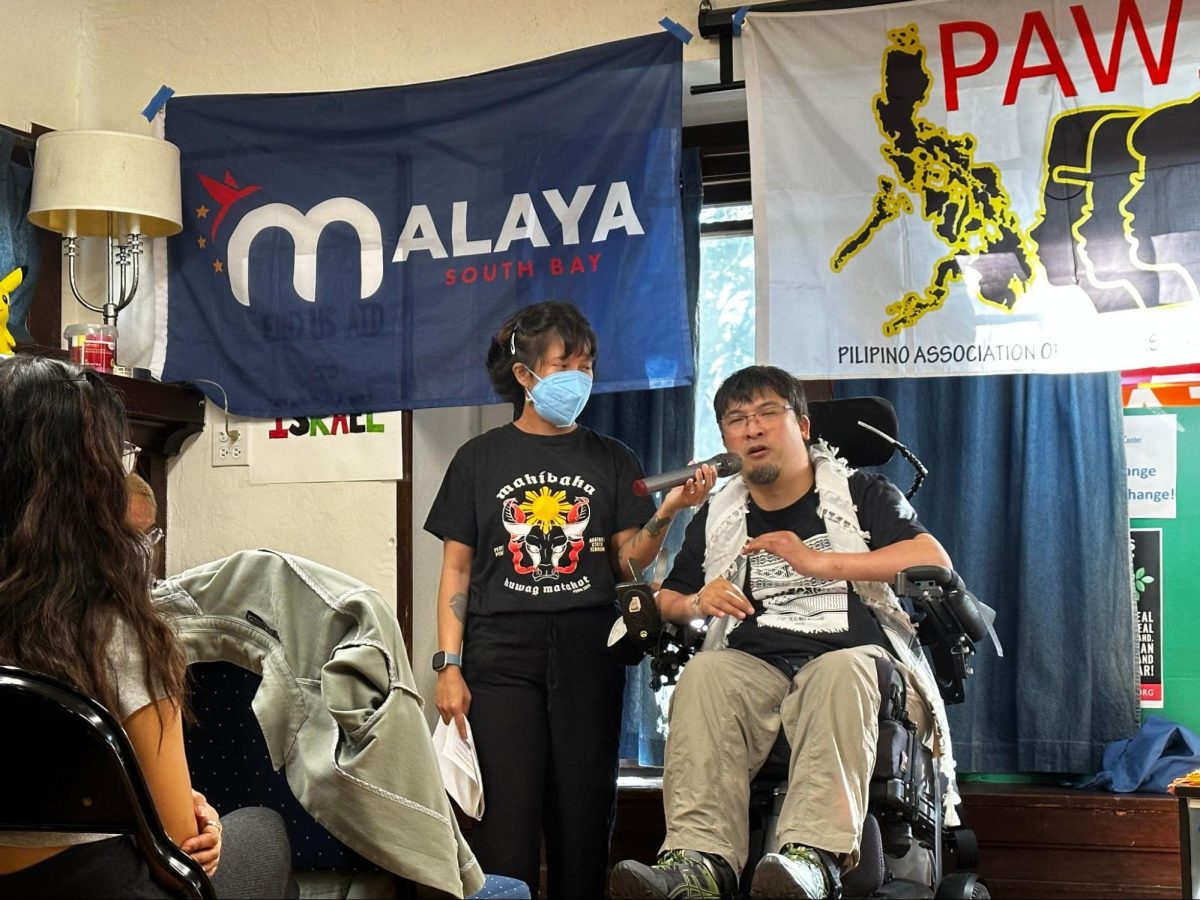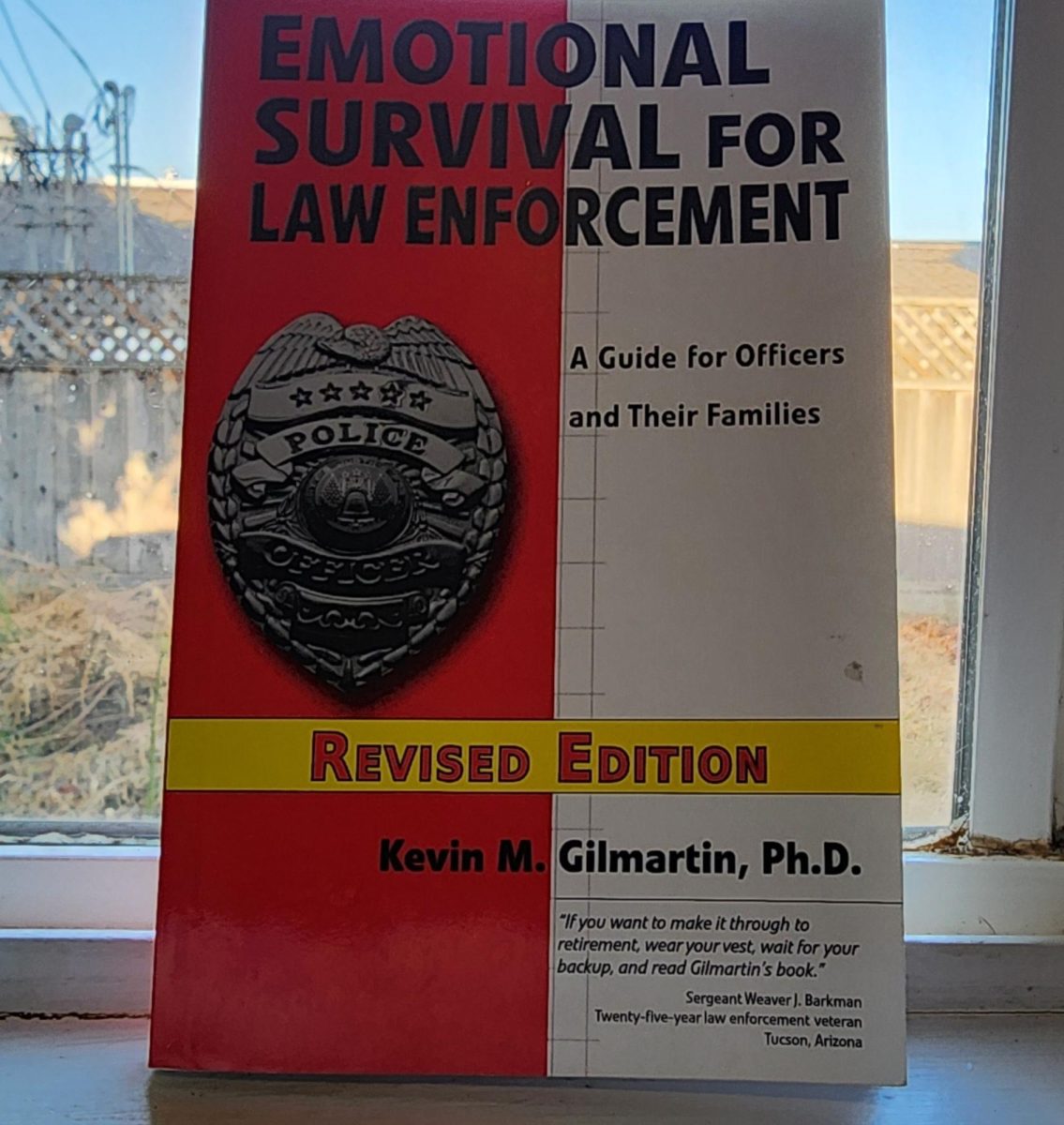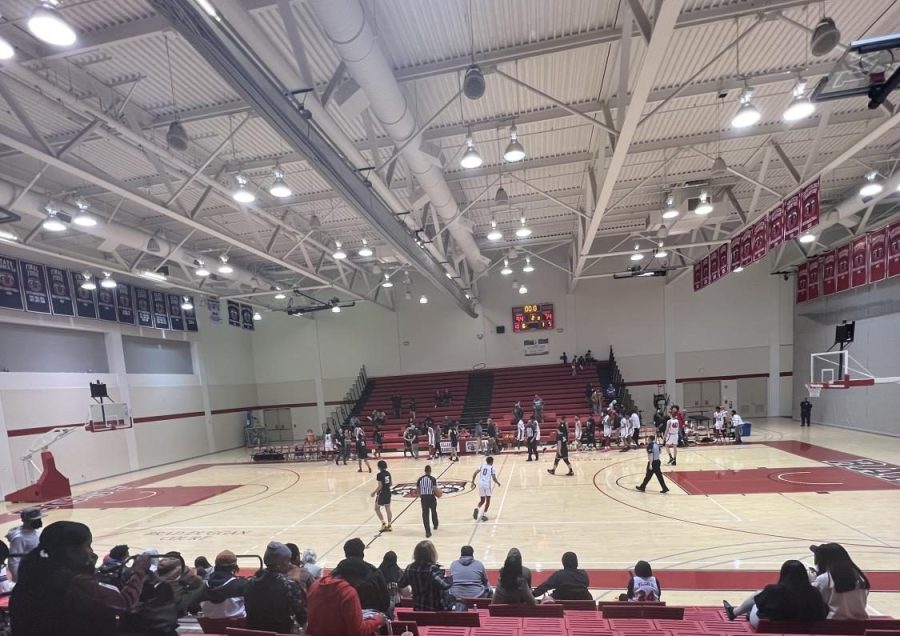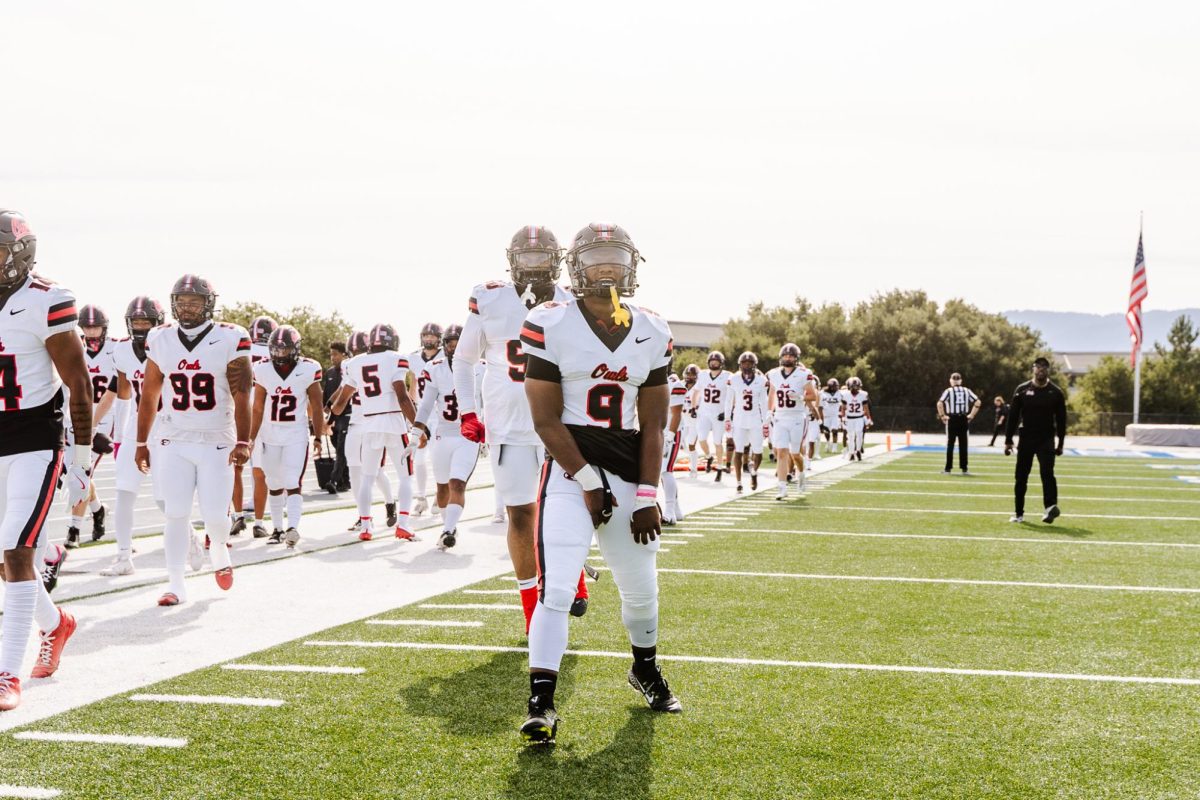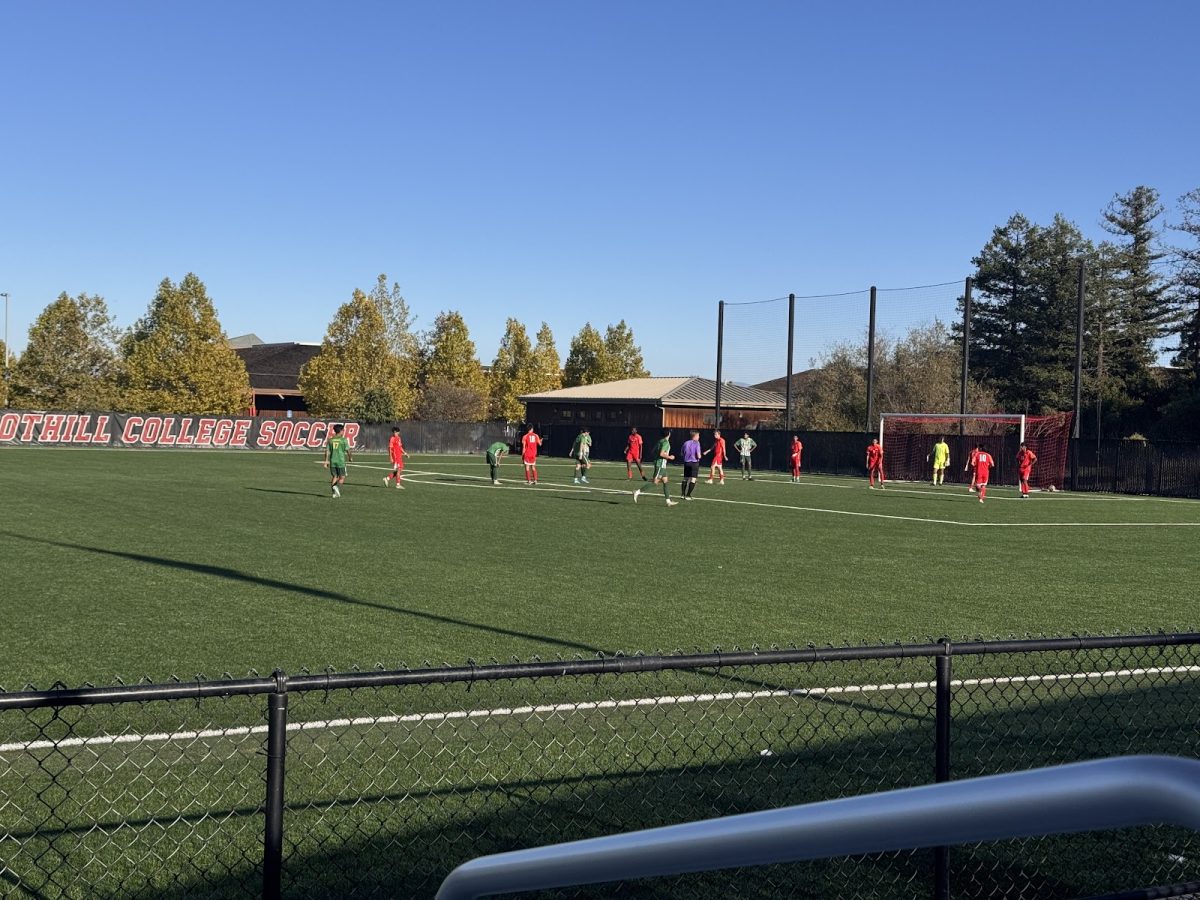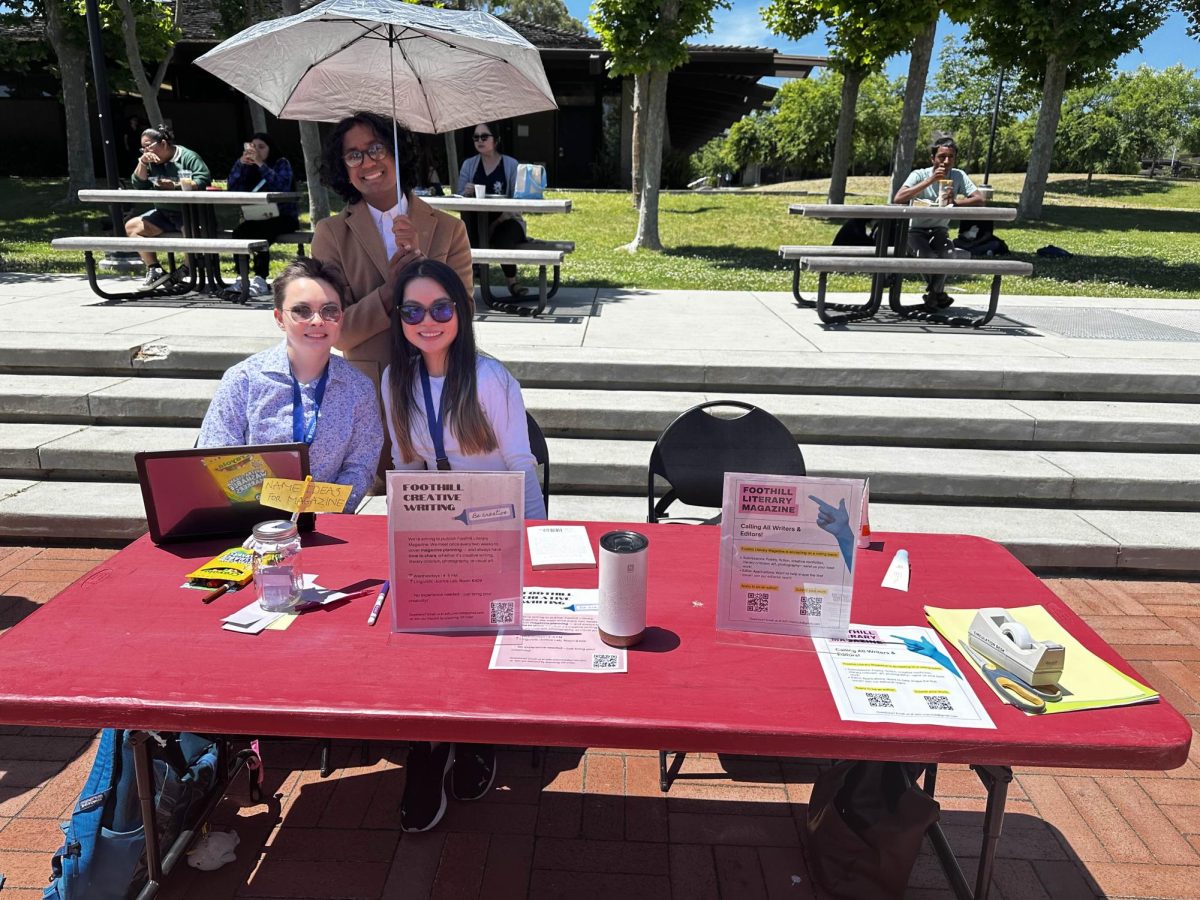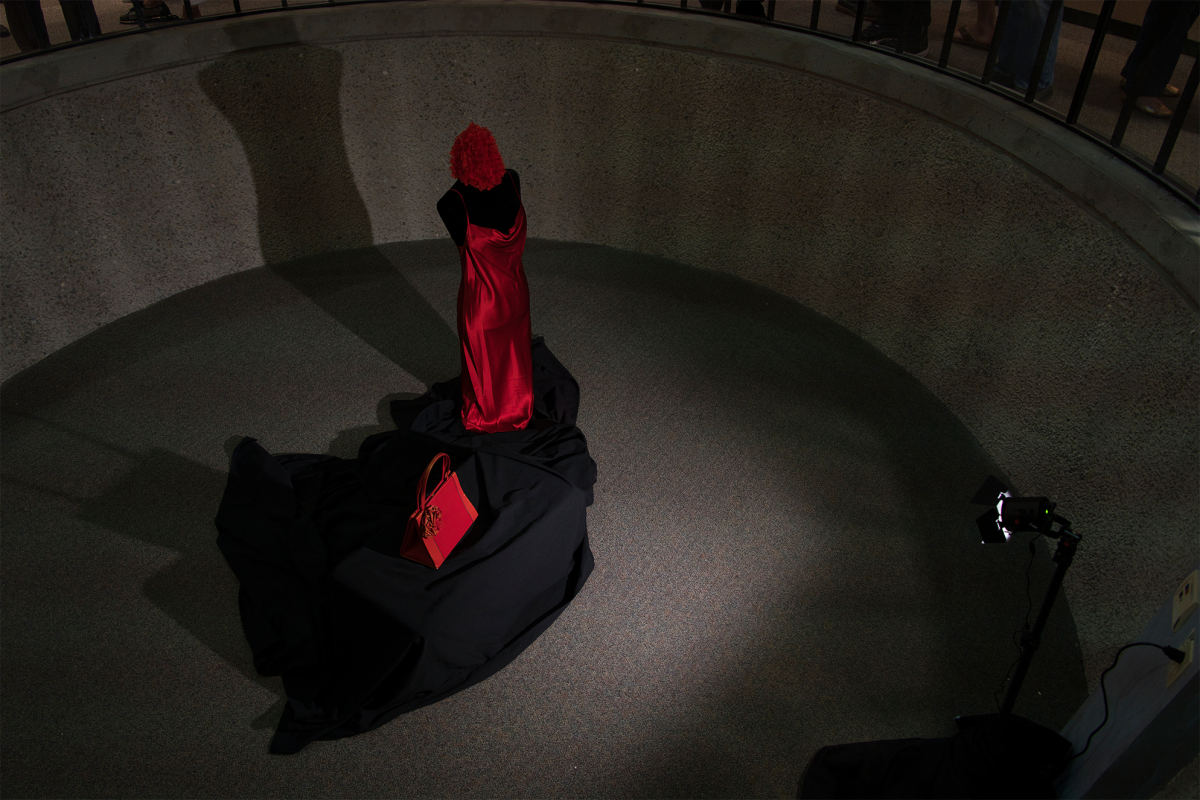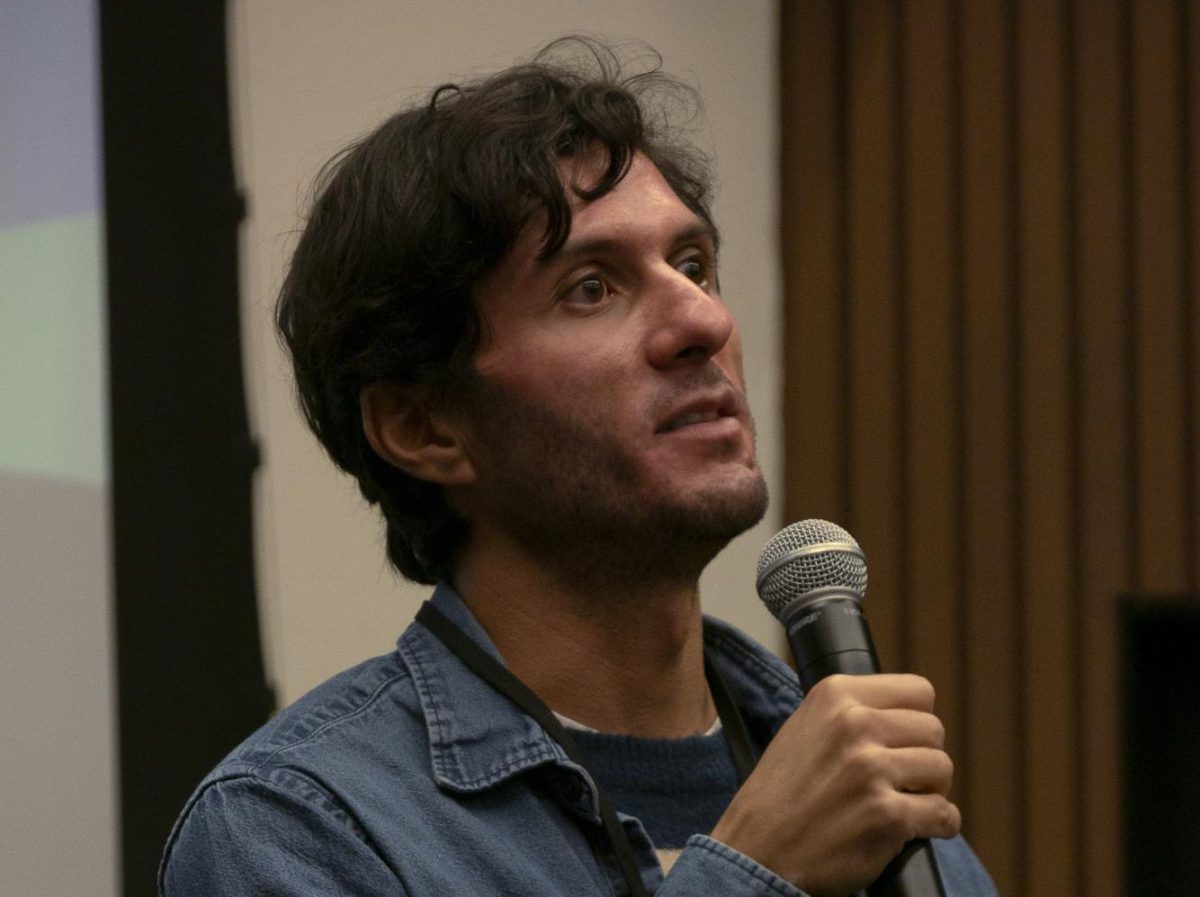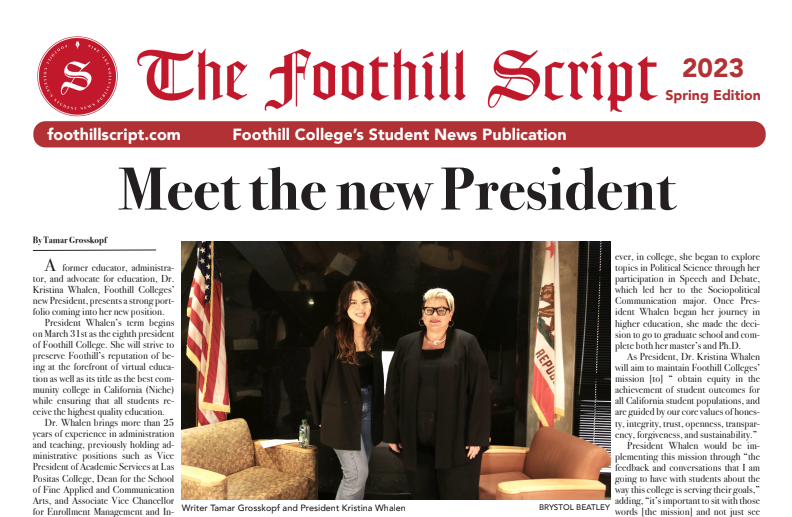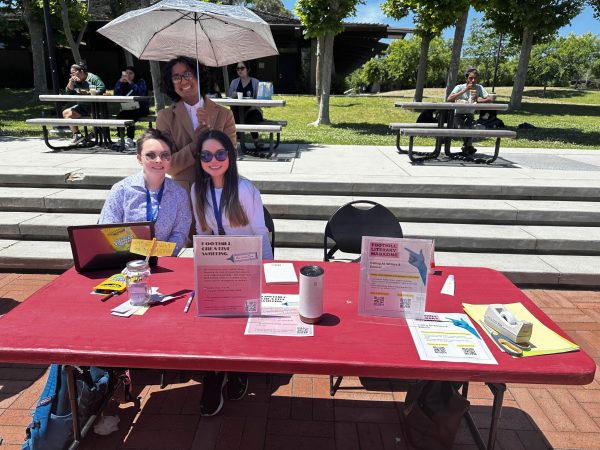What Constitutes Sexual Harassment?
I hated physics. Not the subject, not the work, but the class I had to sit through every morning in high school. I wasn’t bored. I was uncomfortable, and so were many of my friends. On one occasion I saw my teacher tease a classmate on her form-fitting dress: “You’re looking to attract the boys, aren’t you?” She brushed it off with class, a feat I wish I were able to replicate anytime he made fun of my looks. “I just wear it because I like it.” The comments didn’t stop there, though. He made fun of a friend’s appearance. “She’ll never be able to get a boyfriend. Have you seen her hair? It’s like she never combs it.” But every insult rolled under the rug. It was just teasing, wasn’t it? So nothing ever happened.
He has tenure.
Protections from sexual harassment in education all exist under Title IX, which prohibits sex-based discrimination in educational institutions. Since sexual harassment on school grounds serves as a barrier between a student and their education, it is a form of discrimination.
The most well-known type of sexual misconduct is called “quid pro quo harassment” — which literally translates to “a favor granted in return for something”. Quid pro quo harassment occurs when someone in a position of power expects sexual favors or advantages from a subordinate, and that subordinate’s overall success hinges on whether those favors are completed or not. In an educational setting, the person in power may be a teacher, professor, or teaching assistant. Quid pro quo harassment in the classroom applies to any action that hampers a student’s ability to perform their best, directly or indirectly. For example, if a teacher threatens to fail a student if they don’t consent to sexual activity, that is quid pro quo harassment. If an instructor continually harasses a student to the point they cannot safely attend or participate in class, that is also quid pro quo harassment.
The latter has another name: “hostile environment harassment.” It’s overlooked more often than not. Any environment that is uncomfortable, limits a student’s ability to participate and therefore limits their access to education can be considered hostile. For example, constant sexual jokes may not be considered quid pro quo harassment, since they aren’t directed at anyone in particular, and there isn’t malintent. But that doesn’t mean they aren’t a form of harassment. As an example, my physics teacher often teased his majority-male classes, calling them “sausage parties.” By singling out specific sexes, he made the students in his class uncomfortable and interfered with their educations. That class was, therefore, a hostile environment.
Students tend to dismiss decidedly hostile environments because the grounds for what is considered hostile and what isn’t aren’t often very clear. According to the US Department of Education, harassment in such environments must be either “severe, persistent, or pervasive.” The key word here is “or.” A single occurrence of physical assault in the classroom, for example, is enough for that classroom to be considered a hostile environment, because of its severity. Likewise, constant sexual innuendos or comments may not be severe but still contribute to hostility. That’s because they’re persistent and pervasive: they occur continuously and effect a large group of people. Constant sex jokes. Sexual conversation. Comments about students’ bodies or appearances — they all build hostile environments.
So what happens if you experience any kind of harassment on campus? The good news is, you’re protected. Title IX is a federal law, and every educational institution is therefore required to have a reporting procedure: a clear series of steps students should take if they are sexually harassed. At Foothill, all reporting procedures are outlined here. The first step is an informal one, to determine whether the incident will be investigated further or not. At Foothill, the Dean of Student Affairs and Activities (650) 949-7241) is that first contact. If the situation is confirmed as harassment, Unlawful Harassment and Discrimination Complaint forms are available at the office of Student Affairs and Activities. These forms are available online as well. Once the forms are filled out, they will be mailed to the Human Resources Office, and the situation will be dealt with from there.
If that process seems overwhelming, there is an informal method of reporting (i.e, resolving the harassment without following the legal procedure of filing a complaint.) It involves simply contacting Foothill’s Title IX coordinator, Laureen Balducci, to discuss the incident. She is available in Office 8104, and can be reached at either [email protected] or 650.949.7823. Neither reporting procedure will cause harm to you — by law, you are protected against any retaliation. The Script also offers a safe platform for students to share their stories about experiences on campus.
All too often, teachers and professors alike blur the lines between a fun, relaxed classroom environment and a hostile one. The key thing to remember is if the conversation is sexual, singles out specific sexes, or consistently makes students uncomfortable, it’s not just fun and games: it’s harassment. Unfortunately, society is only just learning which lines cannot be crossed. Reporting procedures give us the right to draw them.
















